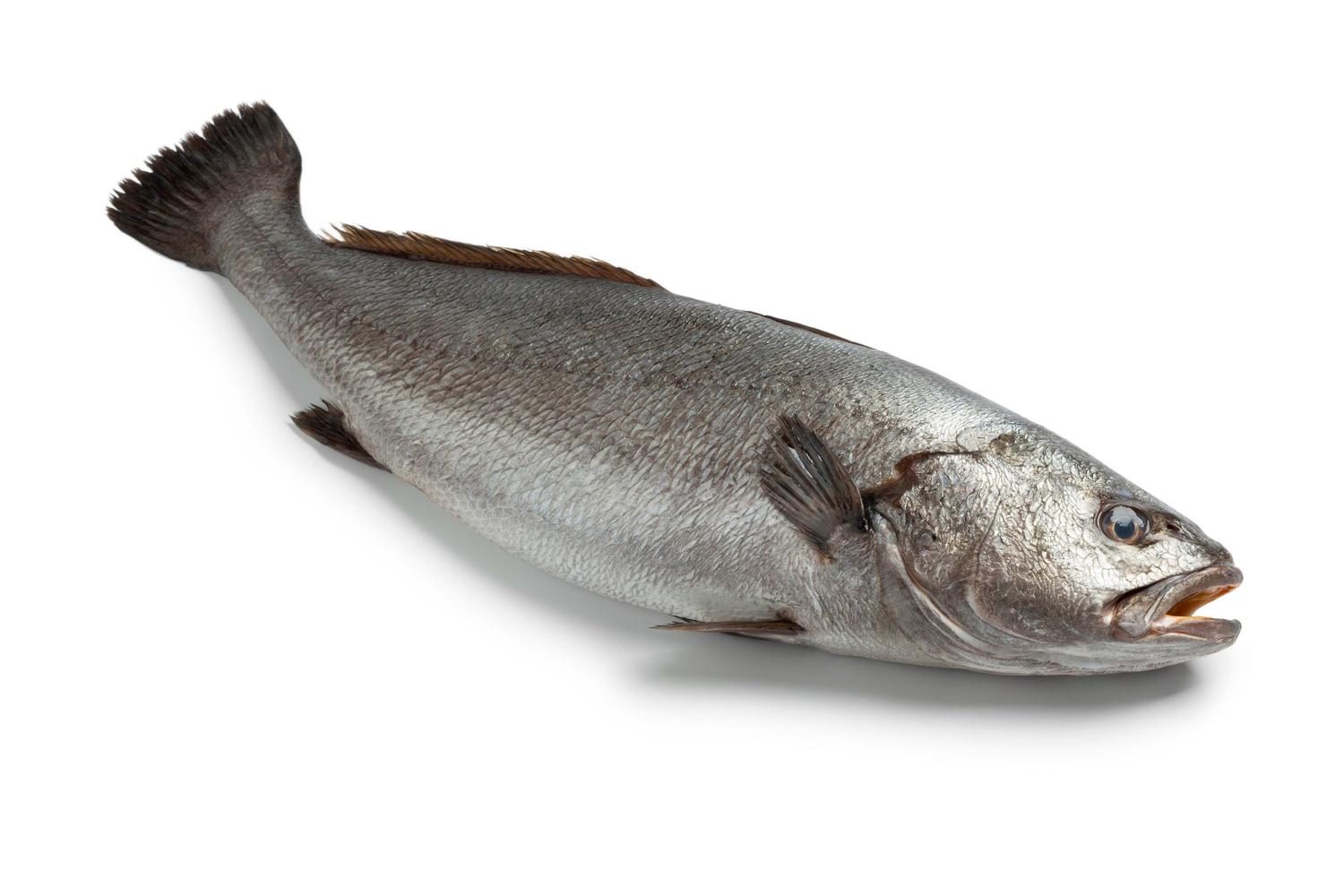Some informations about corvina or lean fish ?

What is the corvina?
The corvina rex, better known as the meagre, croaker or growler, is a species of fish from the sciaenidae family. The average size of this fish varies between 50 centimetres and 1 metre, but it can reach up to 2 metres and weigh up to 10 kilograms.
Its body is flattened on the sides, with a curved back and a straight ventral line. Easily recognizable by its silvery dorsal fin, small eyes and rounded or pointed snout with a wide mouth containing sharp canines, the corvina tends to turn grey to brown after death with somewhat deformed flanks.
Where is the corvina caught?
Found in the Atlantic and the Mediterranean waters, the corvina is a coastal fish, gregarious and above all carnivorous. It is mainly caught in the North Sea, on the Atlantic coast as far as Senegal and Mauritania, in the Sea of Marmara, in the Mediterranean as far as the Nile delta, and in the Gironde estuary.
The specificity of this lean fish is that it is able to make muffled rumbling sounds produced by muscle vibrations and the amplitude of its swim bladder. This noise allows fishermen to hear them up to ten metres away, making them easier to catch.
Because of this, the corvina has become increasingly rare, which is why a decree was issued on 26 October 2012 to prohibit the fishing of individuals under 45 cm for recreational fishing and 30 cm for professional fishing.
The benefits of corvina
Naturally rich in fatty acids, omega 3 and B vitamins, this fish is also made up of polyunsaturated fatty acids which are part of the good fats necessary for the good development and reinforcement of neuronal functions.
In addition, corvina has a high content of vitamin B12, which is important for cell metabolism, and vitamin B3.
Rich in protein and low in salt, this fish is a perfect addition to a low-cholesterol diet, and its low calorie content makes it an excellent ally for a healthy and balanced diet.
Easy to digest and easy to chew, this lean fish can easily be introduced into a diet suitable for the elderly but also for children.
How to choose corvina
Before cooking this type of fish, which can be quite large, it is advisable to cut it up before freezing it in order to make it easier to prepare your recipes. To ensure freshness, make sure you choose a fish with a firm body and shiny scales that adhere to the skin, bright and lively eyes, and gills that are still red.
From March until about the end of April, the schools of minnows move and migrate until the end of July. It is therefore during the summer that you can find the corvina on our shelves in most of France. Yahya fishing and Development exports and sells its fish on the Parisian market of Rungis so that you can find them at your fishmonger's and taste them fresh.
How to prepare corvina?
This fish has a firm, fine and subtle white flesh that closely matches the texture and taste of sea bass. In order to prepare it without incident, it is recommended to cook it through for 1 minute at 60 °C or to freeze it at -18 °C for 7 days if it is to be eaten lightly cooked or raw.
Recipe for corvina steaks with virgin sauce
For this recipe prepared for 4 people, you will need
600 g of corvina steaks with skin
1 tomato
Parsley
Basil
Chives
Tarragon or chervil depending on preference
20 cl of olive oil
Salt
Pepper
Crush the tomato before removing the seeds and cutting it into cubes. Set aside.
Wash the herbs and chop them to mix with 2/3 of the olive oil, salt and pepper to taste.
Mix with the diced tomatoes and if necessary add the remaining olive oil.
Season the corvina steaks on the side and plancha-grilled them, on the barbecue or in the grill oven at 210 °C for 10 minutes in an open oven.
Once cooked, serve the steaks with the cold sauce and enjoy.
Recipe for corvina tartar with apples
For this recipe prepared for 4 people, you will need
400 g of corvina meat
1 apple (Granny Smith type)
1 shallot
1 tablespoon of fresh parsley or coriander
2 tablespoons of olive oil
1 tablespoon lemon juice
Zest of the lemon
Fleur de sel
Freshly ground pepper
Cut the fish into about 1 cm cubes. Then peel the apple, empty it and cut it into small cubes, then sprinkle them with lemon juice to avoid oxidation.
Add the olive oil, parsley or coriander, chopped shallot and pepper and mix it all together.
Add the fish to the mixture, mix and serve immediately with a pinch of fleur de sel and lemon zest. Serve this dish with a rocket salad or lamb's lettuce salad and enjoy.

